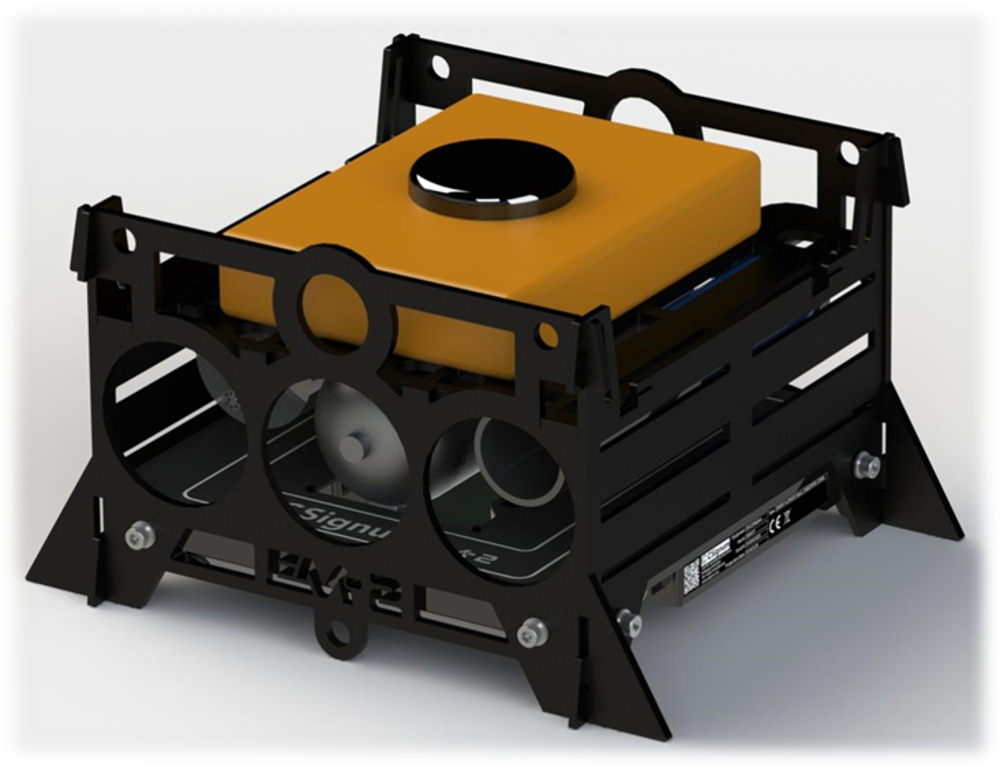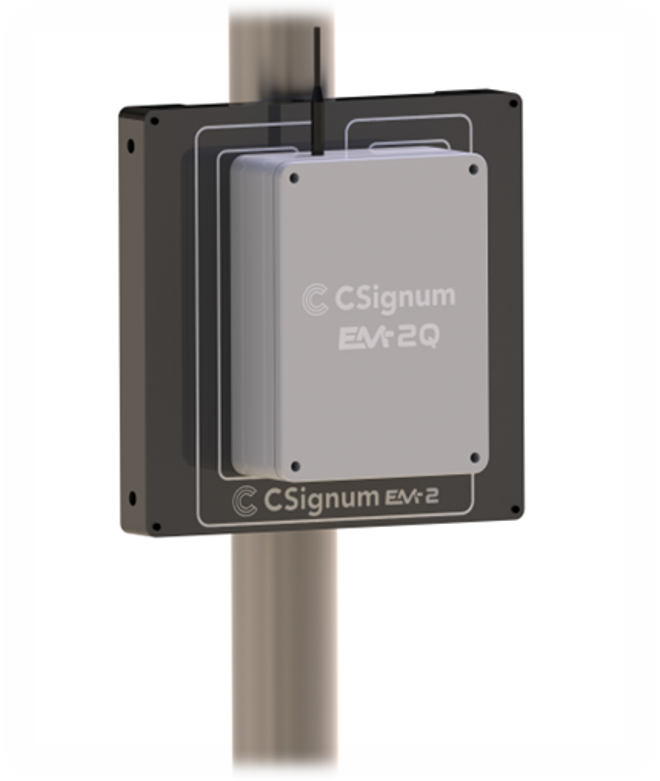
Water companies are managing river monitoring roll out on an unprecedented scale, and this poses a multitude of challenges. A completely wireless solution overcomes many of the practical issues associated with conventional cabled monitoring installations.
Section 82 of the Environment Act 2021 requires real-time water quality monitoring, and online publication, from sensors installed upstream and downstream at every CSO in England. This legislation will drive sensor deployment at an estimated 40,000 locations. Each site has unique planning, access, landowner permission and permitting challenges. Conventional cabled or pump sampled solutions require building of infrastructure directly on the riverbank. Highly visible installations have undesirable impact on the riverbank landscape and increase the risk of vandalism.
For many years, general industrial instrumentation applications have benefited from the flexibility brought by wireless sensors. However, river monitoring solutions have missed the wireless sensor revolution because conventional radio technology can’t penetrate the water surface.

At CSignum we have taken a unique approach to finally bring wireless sensors to the underwater domain. Based on Electro Magnetic Field Signalling (EMFS), we provide integrated solutions that install sensors out of sight on the riverbed, communicating from the riverbed, through the water surface, to a topside gateway for cellular online data upload, sited up to 100m away from the river.
Wireless river monitoring advantages:
- Riverbed sensor system is not visible from the surface
- Flexible topside location 100m away from riverbank landscape
- Low visibility improves landowner acceptance
- Reduced vandalism, tampering or theft
- No cables to install from riverbed to riverbank
- Predictable cost per site

A conventional multi-parameter sonde on the riverbed is interfaced with our EM-2 wireless communications device. Where there is an online data requirement, as in section 82, a topside gateway is required, comprising a CSignum EM-2 and cellular modem for uploading data to cloud services. Here the main advantage is flexibility of gateway installation site. While a cabled system must be located directly on the riverbank, a wireless system can be hidden out of sight, mounted to a tree or existing structure. In many installations, the upstream and downstream monitoring locations can be served by a single gateway.
The riverbed system is negatively buoyant and is retained on station by a rope, attached to a concrete anchor block, deployed once at site commissioning. A single submersible battery powers the sonde and EM 2. Sondes require regular recovery for sensor cleaning and calibration. We take this opportunity to swap out the rechargeable battery pack, so the wireless monitoring solution does not require additional service site visits compared to cabled. When the riverbed system needs to be recovered our remote recovery feature inflates a small buoyancy bag on demand via the EMFS wireless link from the riverbank. The tether between anchor block and riverbed system allows the floating system to be brought to the riverbank where it can be unclipped and swapped out for calibration off-site.
The riverbed system can also be used for investigation and logging projects where a sonde can be deployed on the riverbed to log time series measurements. This wireless monitoring system can be rapidly deployed in reaction to pollution incidents. It’s invisible from the riverbank, with no riverbank construction requirements, so it can be deployed within hours, while the pollution or flooding event is still in progress. A sonde logs measurements every few minutes, so contiguous time series data can be recovered on demand, using the through water wireless link, to a portable EM 2 system, interfaced to a tablet PC. On deployment, the sonde can be queried for the first few datapoints in the series, giving the installer confidence a deployed sensor is operating as intended.
This innovative Electro Magnetic Field Signalling technology has brought a fully wireless Internet of Things solution to river water monitoring applications. This greatly simplifies some of the challenges associated with mass sensor deployment, particularly in difficult or urban locations.



